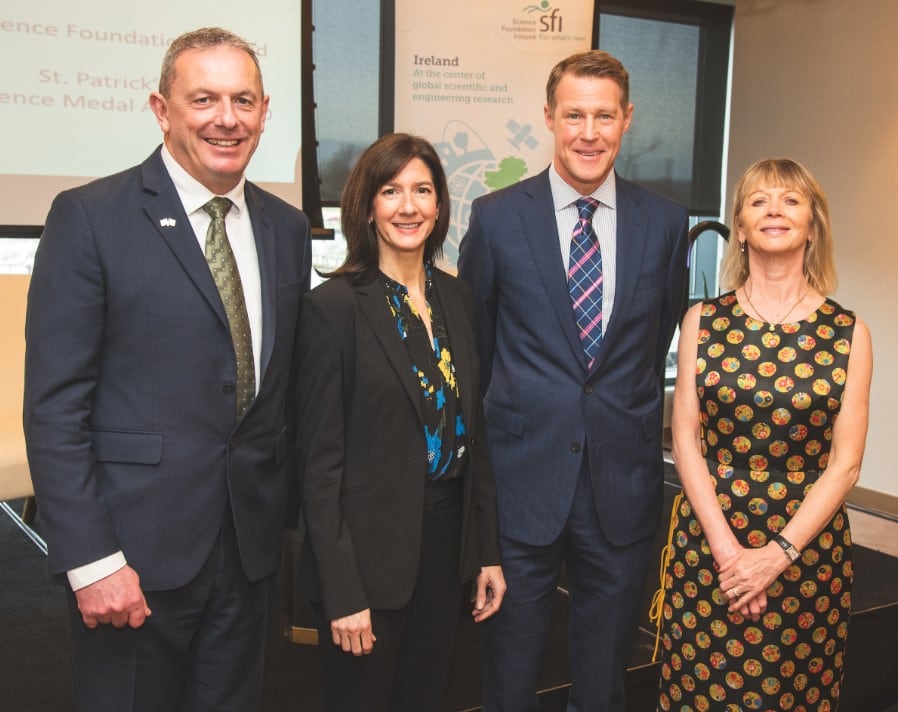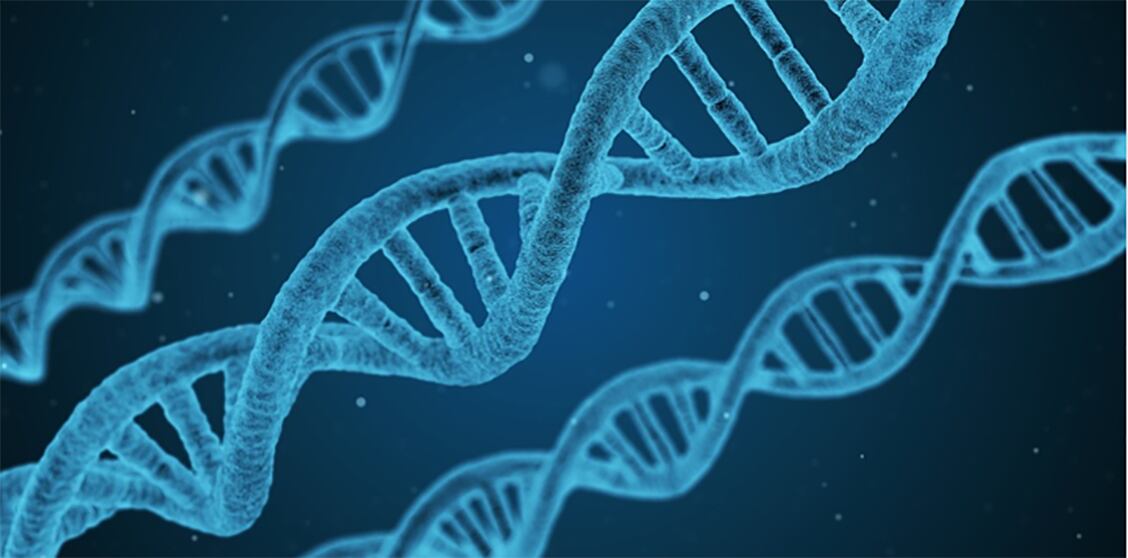Findings from a DuPont-funded study reveals notable actions of 2’-FL and GOS on the growth and activity of the oral pathogen Streptococcus mutans, when compared to the effects of xylitol, lactose, and glucose.
“Though it is known that S. mutans can metabolise many carbon sources, we found that S. mutans was unable to grow on 2’-FL, while it grew well on GOS and lactose. Xylitol, as known before, reduced the growth of S. mutans,” says Krista Salli, study team member and scientist at DuPont Nutrition & Biosciences.
“Thus, the data suggests that addition of 2’-FL to infant formula would not support the growth of S. mutans. The results highlight the selectivity of 2’-FL consumption by oral bacteria.”
More than 150 HMO structures have been identified in human breast milk, of which 2’-FL; trisaccharide of fucose, galactose and glucose are considered the most abundant HMOs.
The concentration of 2’-FL in human milk is approximately 2.7 grams per litre (g/l), although it can vary, depending on the time of lactation.
Advances in HMO production have included 2’-FL in infant formulas to better mimic breast milk as fucosylated oligosaccharides are near absent from bovine milk used as basis for infant formulas.
Several mechanisms have been proposed to interfere with the virulence of S. mutans, which causes dental caries or tooth decay via a bacterial biofilm that produces enamel dissolving acids.
Study approach
Along with colleagues from the University of Turku in Finland, the research team began testing three strains of S. mutans: the type strain DSM 20523 (ATCC 25175), Ingbritt, and the clinical isolate CI 2366.
These strains were then grown and quantified using varying concentrations of 2’-FL, xylitol, GOS, lactose or glucose solution as a source of carbon. In addition, the strains’ adhesion qualities to a smooth glass surface was also assessed.
Results revealed the S. mutans strains DSM 20523, CI 2366 and Ingbritt were unable to grow with 2’-FL as the sole carbon source.
In contrast, all S. mutans strains grew with 1% GOS, 1% lactose or 1% glucose as a carbon source with Xylitol inhibiting the growth of all three S. mutans strains versus the control without any added carbohydrates.
The effects of 2’-FL, xylitol, GOS and lactose on S. mutans adhesion revealed no significant changes in strains DSM 20523 or Ingbritt versus the control with any of the carbohydrates.
Nevertheless, the adhesion of strain CI 2366 decreased significantly with 2’-FL and GOS compared to the control.
Further results focused o the effects of 2’-FL, xylitol, GOS and lactose on S. mutans adhesion to a glass surface.
Here, the adhesion of strain DSM 20523 was reduced by 2’-FL, lactose and GOS versus the control. The adhesion of strain Ingbritt to glass was unaffected by any of the carbohydrates, whereas that of strain CI 2366 decreased only with GOS.
“Human milk is known to contain factors that protect against caries, so we were interested to know how HMOs, and especially 2’-FL, affect S. mutans, one of the most studied bacteria related to dental caries,” adds Johanna Hirvonen, study team member and senior scientist at DuPont Nutrition & Biosciences.
“While this study was done under in vitro conditions, it showed the differences between the studied carbohydrates, especially in S. mutans growth.”
2’-FL has ‘no negative impact’
In the study’s discussion, the team noted that their results were consistent with earlier studies showing that S. mutans utilised galactose, lactose and glucose to grow.
Thus, while S. mutans could grow on glucose and galactose, the building blocks of both lactose and GOS, it failed to grow with the trisaccharide 2’-FL.
In contrast, beneficial bacteria, like bifidobacteria or Bacteroides, which are able to grow with HMOs like 2’-FL.
“Our results indicate that the studied S. mutans strains do not express the enzymes or other factors required to metabolize α-1,2 fucosylated carbohydrates,” the study notes.
“Consequently, 2’-FL should have no negative impact on the cariogenic potential of infant formulas, whereas other less selective prebiotic oligosaccharides may have.”
Source: British Journal of Nutrition
Published online ahead of print: doi.org/10.1017/S0007114520001956
“Influence of 2’-fucosyllactose and galacto-oligosaccharides on the growth and adhesion of Streptococcus mutans.”
Authors: Salli, K et al.




